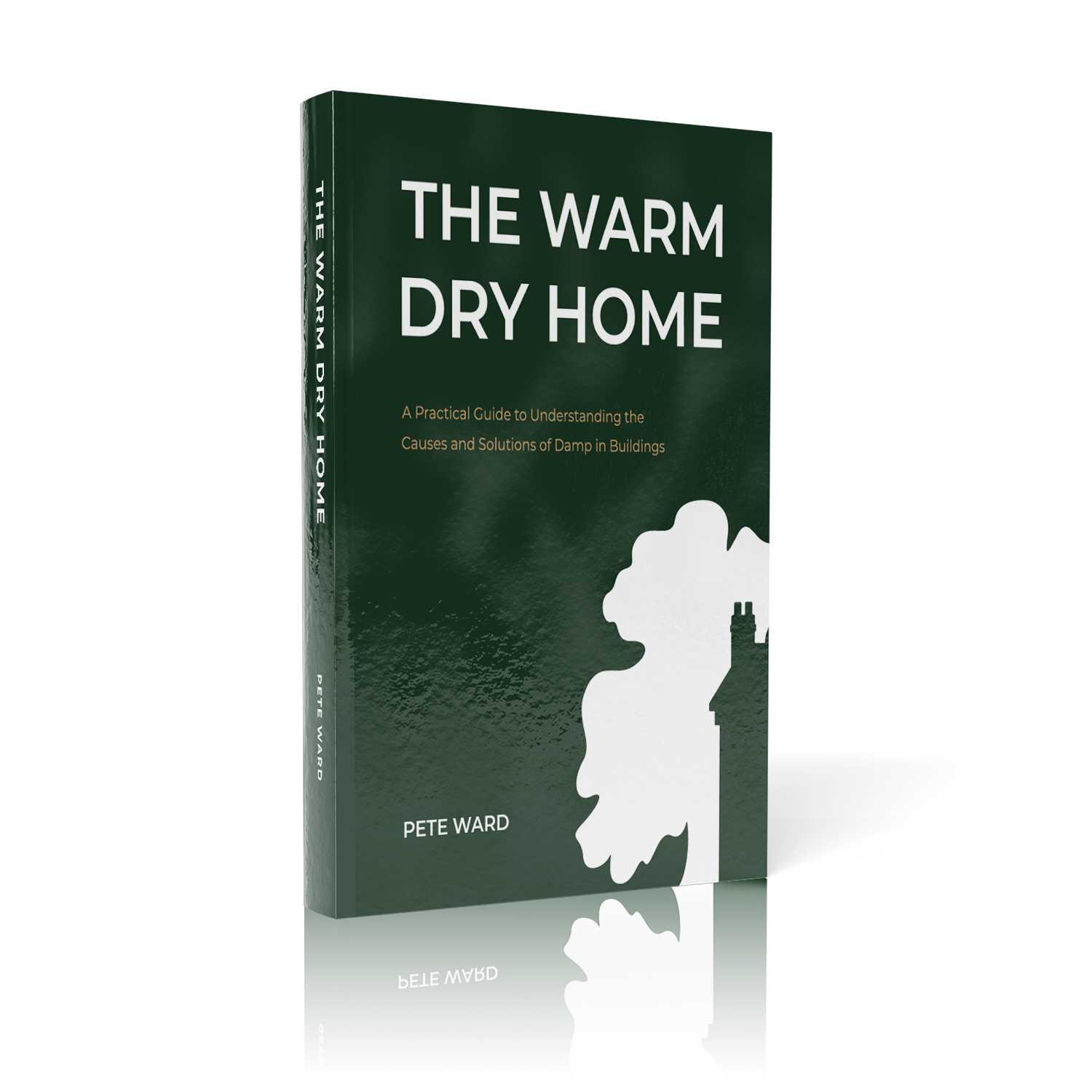We've had many enquiries about insulation to old houses, especially to the inside of the external walls.
It seems at first glance very sensible. Insulate the inside of the house, make it nice and warm, cozy - no heat loss.
The only trouble is, things just don't work that way.
Solid walls, if they are dry, don't lose a lot of heat. The thicker they are, the less they lose. A 9 inch brick wall is actually quite a good insulator if it is DRY. You lose heat rapidly if it is damp. If there is cement render on the outside, and gypsum plaster internally trapping condensation, the wall will trap atmospheric moisture if it is cold enough, as condensate - which fills the pores of the stone. When wet, it conducts heat rapidly and the house gets very cold.
Your first action, with an old, solid walled house, is to get the walls DRY. This action - removing all damp proofing, all impermeable materials, will dry the house. It introduces air filled pore spaces to the wall and makes it a good insulator again. Colin King, Director of the BRE (Building Research Establishment) is doing loads of work on this subject. He has concluded that a DRY house is a warm house. Unfortunately, due to the activities of the damp industry, there aren't too many houses that don't have gypsum or cement on them - so a lot of damp walls!
Now then - a dry wall becomes even better at insulating if it is thicker. By the time it is a metre thick, you are not going to lose much heat at all.
Remember those concrete filled heaters - storage heaters? We rip them out nowadays - but they worked on the theory that if you heated concrete blocks, they would release heat during the day. That's what your stone walls are. Your entire house is a giant storage heater. Constant gentle, low temperature heating will heat the whole building fabric. Because it is so thick, and has such mass, it holds massive amounts of heat and can stay warm for days. This is the secong big Principle of old houses - thermal mass. They all had big chimney breasts with tons of bricks in them. These heated up the core of the house and kept it warm.
So - if you keep the chimneys warm, by keeping wood burning stoves running all the time, your house stays warm. Pete has a 3 storey, 15 room farmhouse, which is heated by one huge woodburner. The entire house in winter is kept at around 18 degrees C by this woodburner, and the radiated heat from the chimney stack in the middle of the house. Central heating is NEVER turned on. Underfloor heating, with its constant low gentle heating, is ideal too.
It follows that if you insulate the external walls of your house, you are stopping heat from getting to the outer walls. This means that the thermal mass of the entire outside envelope of the house is lost - the walls cool down in winter and stay cold. So the only barrier between you and the outside world is effectively the insulated stud wall that you put inside the wall. So - you are ending up, not with a thick, warm wall, but with a very thin wall - mostly freezing cold, with a veneer of insulation which is your only protection from the elements. Why bother insulating - just use the nice thick wall and keep it dry!
At a recent conference, I was interested to learn from Colin King, Director of the BRE, that within Part L1B of the Building Regulations is Section 12. Consequential Improvements. 12.2.2 states that work should not mar the character, nor increase the risk of long term deterioration. Most of the other requirements of L1B when applied to old buildings which are solid walled, are resulting in unintended consequences. To date, BRE have compiled a list of 126 Unintended Consequences of such works. The STBA Responsible Retrofit wheel attempts to describe these.
We will add more information to this section as we have time - this is a huge subject, subject to rapidly changing views, ongoing research, and meddling both from EU rules that don't work, and Government trying to win carbon credits from ridiculous eco schemes that are simply not researched properly - as Colin King says: Unintended Consequences!


